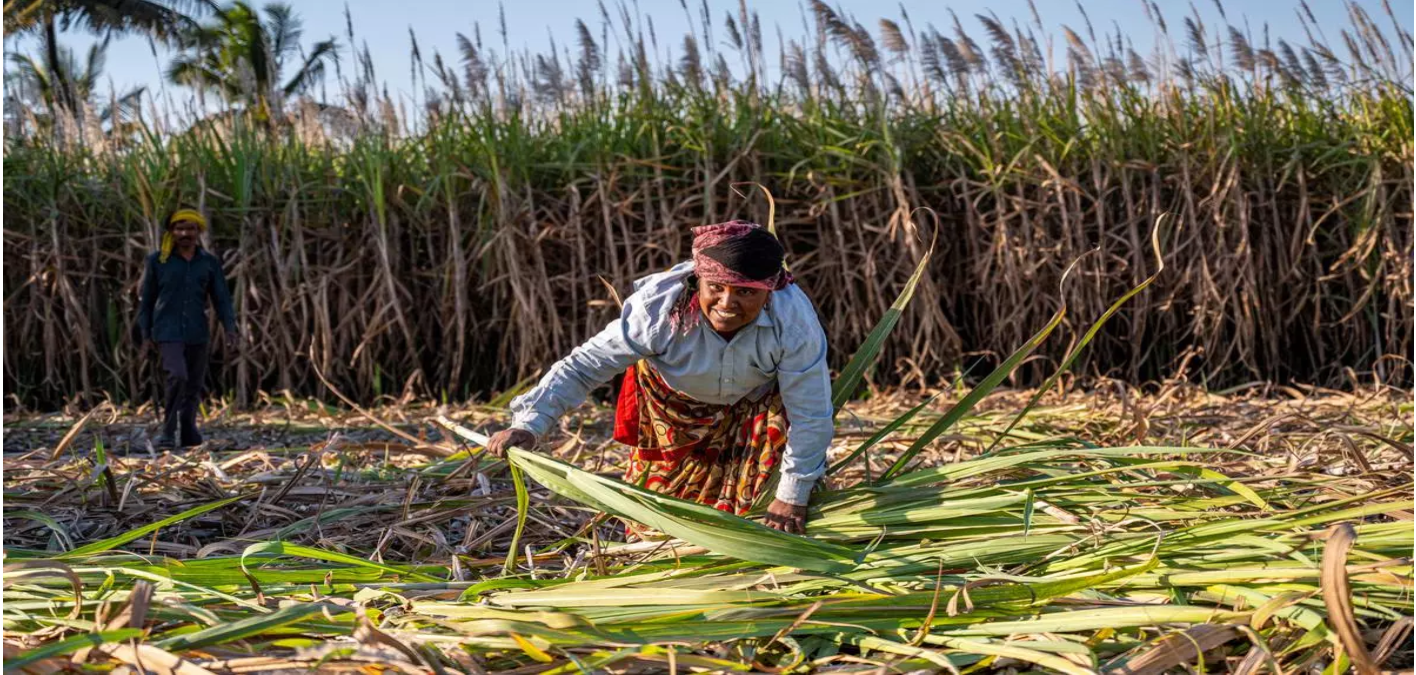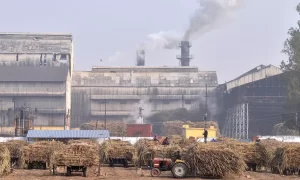Editorial. The Centre’s modest FRP hikes make economic sense but leave farmers unhappy

Both farmers and the sugar industry are unhappy with the Fair and Remunerative Price (FRP) for sugarcane at ₹315 per quintal set by the Centre for the 2023-24 crushing season. Farmer groups have complained that the ₹10 per quintal hike does not compensate them for increase in production costs. They dispute the calculation by the CACP (Commission for Agricultural Costs and Prices) which pegs the cost of production for cane at ₹157/quintal. The sugar industry claims the FRP increase will raise sugar production costs by 4 per cent and has urged the government to raise minimum selling prices for sugar. This illustrates the tight-rope walk for the government in balancing the interests of consumers with farmers.
It is customary for farmers to complain about minimum support prices (MSPs) for crops even when generous, but in this instance, sugarcane farmers do have a point. For one, in the last five years, while MSPs for other crops have risen much more, the FRP for sugarcane has seen an annualised increase of just 2.7 per cent (from ₹275 per quintal in 2018 to ₹315 now). With a rising bar on recovery rates, farmers in Southern and Eastern regions (with lower recoveries) are unlikely to realise even this. Until 2018, the FRP was pegged to a basic recovery rate of 9.5 per cent; this was raised to 10 per cent in 2019 and further to 10.25 per cent this year. This effectively means that a farmer in a region with a 9.5 per cent recovery rate can earn only ₹292 per quintal this year. Two, some States used to declare a State Advised Price well above the FRP, but they have mostly discontinued this practice now, except for a couple. Three and most important, while the FRP for sugarcane has just about kept pace with the increase in wholesale prices of sugar, it has not factored in the additional revenues of ₹20,000 to ₹21,000 crores per annum that the sugar industry now earns from supplying ethanol at assured prices to oil marketing companies under the ethanol blending programme.
Yet, the Centre’s decision to declare only modest increases in FRP does make sense from a macro perspective. In recent years, India has transitioned from a sugar-deficit country to one with a sustainable surplus. Even after diversion of about 45 lakh tonnes to ethanol, India’s sugar output in recent years has hovered at 320 to 360 lakh tonnes, well in excess of domestic consumption of 270-280 lakh tonnes. Sugarcane being a water-intensive crop, there is a legitimate need to nudge farmers, especially in low-recovery States, to diversify from cane to other cash crops. The solution to this dilemma may lie in ensuring that farmers get to participate in the revenues and profits arising from ethanol sales by sugar mills. States also need to consider reforms such as cane area de-reservation that may allow farmers to seek out more lucrative markets for their produce.

















